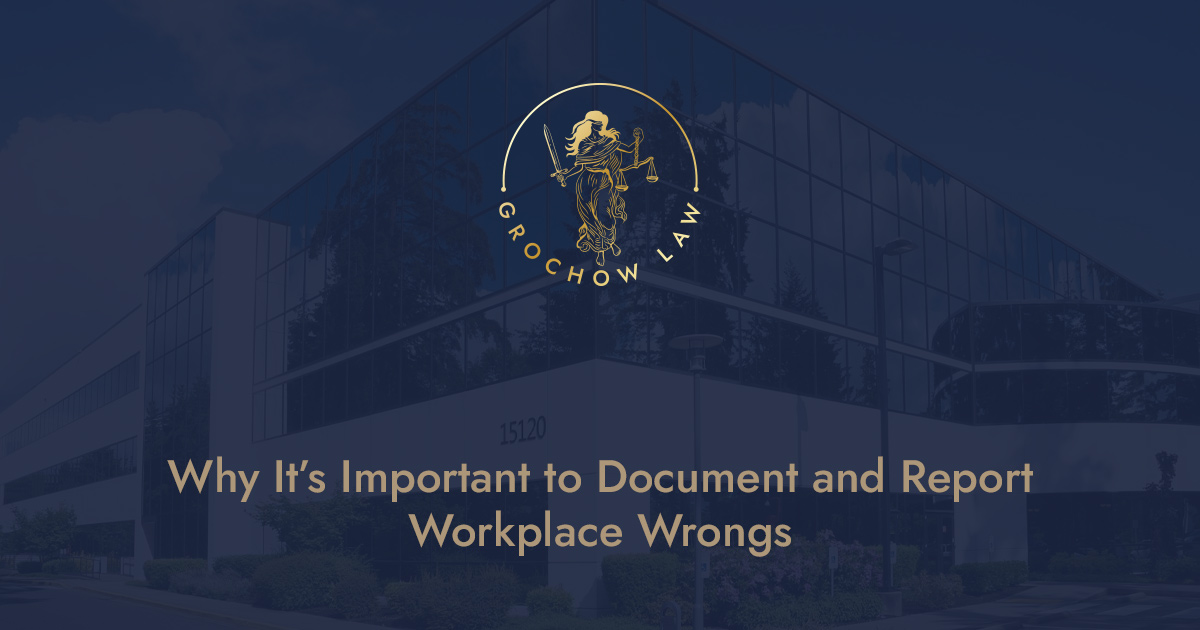Documentation can be critical to proving a wrongful termination case. Documenting is not for human resources (“HR”) (remember HR is there to protect the company, not you) and it is not for your boss. Documenting is for you. Here are some guidelines on how to properly document workplace wrongs:
- Document it as Soon as it Happens. Memories fade and you want to get as many details recorded as possible.
- Be Specific. Include the who, what, where, when, and how and incorporate any documents related to the issue. If you can take a picture to support what happened, take one. For example, if a supervisor made a racially insensitive remark, be sure to include where they said it, who else heard it, the specific remark, and the context of how the remark was made.
- Avoid Incendiary Language. Never participate in name calling yourself, even in your notes, or use legal jargon that you are not familiar with.
- Record Everything. If you are being harassed or retaliated against, record all instances of negative conduct. This will help establish a pattern, if there is one. Also, don’t forget non-verbal interactions. For example, was your desk moved to a less desirable location, does your harasser block a certain path through the office, or were you told not to use a certain break room? Document it.
- Report. If you reasonably believe the conduct amounts to a legal violation, report it to someone with authority to remedy the situation, in writing, and keep a copy of your reporting. For example, the conduct is demonstrably based on protected activity, such as race, religion, sex, gender, national origin, color, etc. or the conduct breaks another law or regulation. Reporting reasonably suspected illegal activity is protected activity.
This post is an advertisement. Any comments provided do not create an attorney-client relationship.

